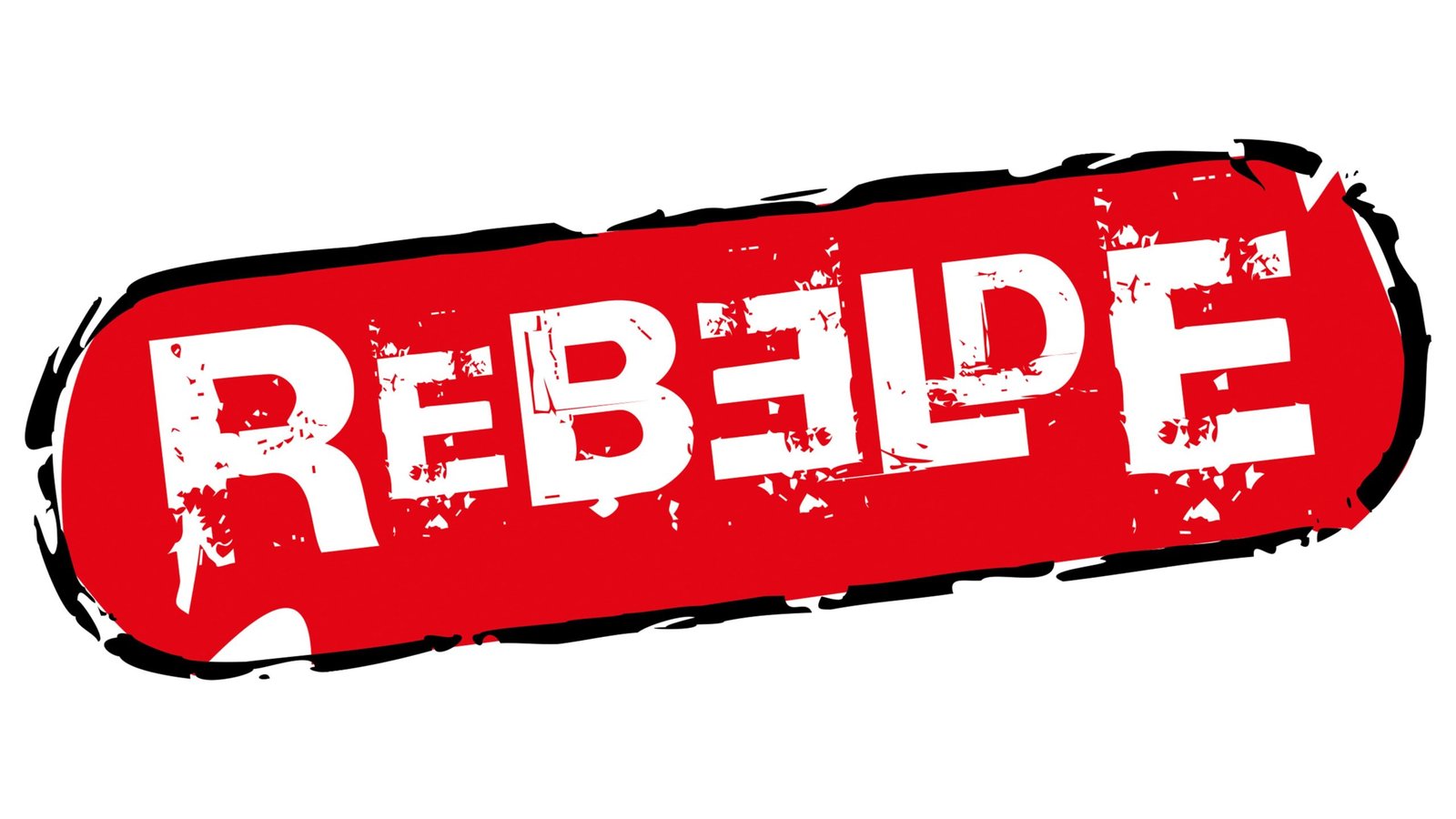Figu language is a powerful tool that has been used by writers, poets, and communicators for centuries to convey complex ideas, evoke emotions, and create vivid imagery. By unlocking the power of figu language, individuals can enhance their communication skills, add depth and nuance to their writing and speech, and connect with others on a deeper level.
What is Figurative Language?
Figu language is a way of using words to convey meaning beyond their literal interpretation. It involves using metaphors, similes, personification, hyperbole, and other literary devices to create a rich and evocative language that engages the reader or listener. Figurative language is not just limited to literature; it is used in everyday communication to add emphasis, convey emotions, and create memorable expressions.
Types of Figurative Language
-
Metaphor: A comparison between two unlike things without using “like” or “as.”
Example: “He is a lion on the battlefield.” -
Simile: A comparison between two unlike things using “like” or “as.”
Example: “He runs like a cheetah.” -
Personification: Attributing human qualities to non-human entities.
Example: “The sun smiled down on us.” -
Hyperbole: An exaggeration used for emphasis.
Example: “I’m so hungry I could eat a whole elephant.” -
Alliteration: The repetition of initial consonant sounds.
Example: “She sells seashells by the seashore.”
Benefits of Figurative Language
-
Enhanced Communication: Figurative language helps to convey complex ideas and emotions in a way that is both subtle and powerful.
-
Creative Expression: Figurative language allows individuals to express themselves in a unique and imaginative way.
-
Engagement: Figurative language can engage the reader or listener, making communication more memorable and impactful.
-
Emotional Connection: Figurative language can evoke emotions and create a connection with others.
How to Unlock the Power of Figurative Language
-
Read Widely: Read literature, poetry, and other forms of writing that use figurative language.
-
Practice: Experiment with using figurative language in your writing and speech.
-
Observe: Pay attention to how others use figurative language in communication.
-
Play: Have fun with language and experiment with different literary devices.
Conclusion
Figu language is a powerful tool that can enhance communication, creative expression, and emotional connection. By understanding and using figurative language effectively, individuals can unlock its power and become more effective communicators. Whether in writing, speech, or everyday conversation, figurative language can add depth, nuance, and impact to our words. So, let’s unlock the power of figurative language and discover the magic of words!

